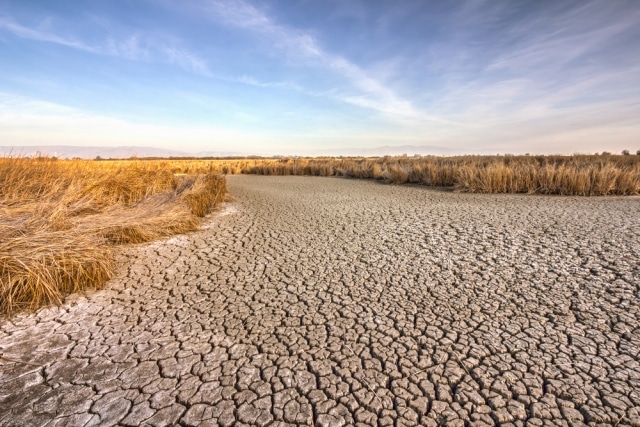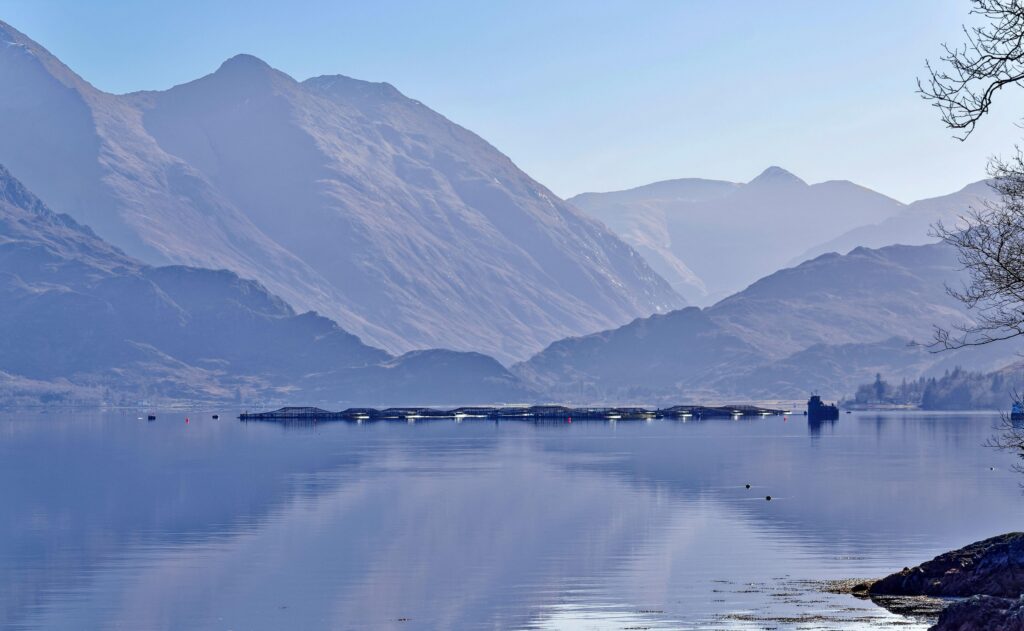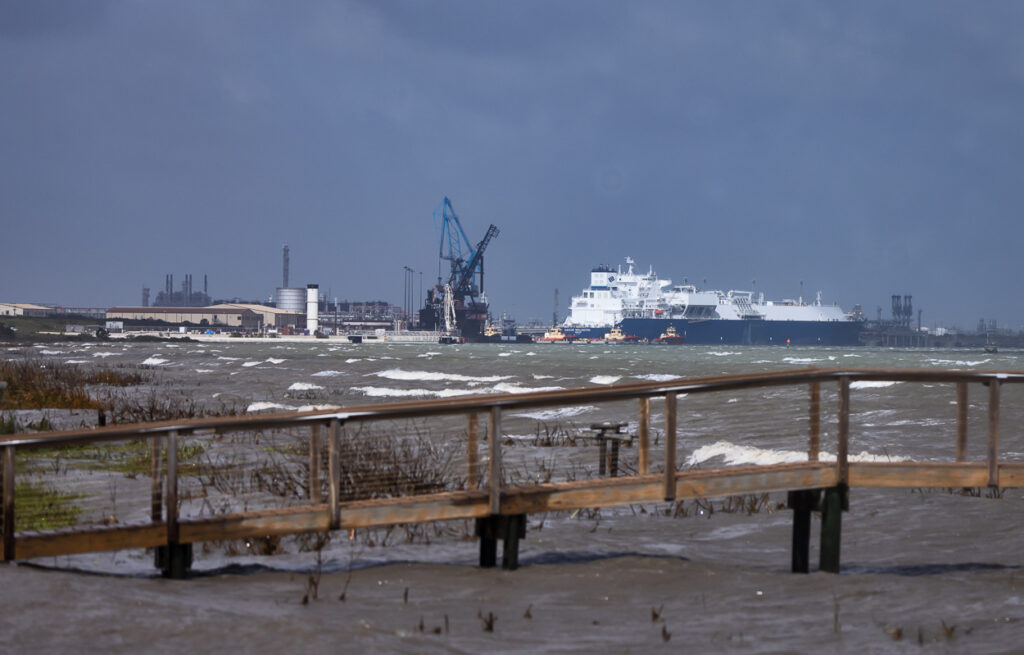With snowpack levels at just 6% of their long-term average, the lowest they’ve ever been in recorded history, California Governor Jerry Brown has announced new regulations to cut urban water use 25%, the first ever mandatory water restrictions in the state.
California is in the fifth year of its historic, climate-exacerbated drought and, per a recent analysis by a senior water scientist at NASA, has only one year of water left in its reservoirs, while groundwater levels are at an all-time low.
The Golden State’s towns and cities only account for about 20% of all water used for human purposes, however (including residential, institutional, industrial and commercial uses). Agriculture uses the other 80%.
Half of the produce grown in America comes from California, yet 2015 is likely to be the second year in a row that California’s farmers get no water allocation from state reservoirs. In some parts of the state, agricultural operations have pumped so much groundwater that the land is starting to sink.
Governor Brown’s executive order has been criticized for not including restrictions on groundwater pumping by agricultural operations, but Brown defended the decision, saying that hundreds of thousands of acres of land were already lying fallow because of the state’s water crisis.
There’s another industry conspicuously exempt from California’s new water restrictions, though. “Fracking and toxic injection wells may not be the largest uses of water in California, but they are undoubtedly some of the stupidest,” Zack Malitz of the environmental group Credo says, according to Reuters.
Water use by the oil and gas industry — primarily for fracking — is on the rise around the country, though in California fracking takes significantly less water than in places like Texas or Pennsylvania. Just how much water fracked wells are using is currently not known, however, because reporting requirements for water used in the oil development process, signed into law late last year by Governor Brown, do not begin until the end of the month.
Though it may not use as much as elsewhere, water use for fracking in California is still significant. Up to half of all new wells in California are fracked, and Reuters reports that they sucked up some 70 million gallons of water last year. That’s about 214 acre-feet — seemingly miniscule compared to the 34 million acre-feet used for agriculture in an average year, but given how dire California’s situation has become, it’s more than the state can afford to lose. Once water is used for fracking it must essentially be removed from the water cycle forever.
Still, the far more serious risk to California’s waning water supply posed by fracking is on the other end, when the produced waters from oil wells and toxic fracking fluids, among other hazardous wastewater, must be disposed of. And as it turns out, California has been doing a particularly poor job of managing the oil industry’s waste stream.
Aside from climate change and the historic drought, there is another crisis impacting California’s water supply: State officials with the Department of Oil, Gas, and Geothermal Resources (DOGGR) have admitted that they improperly permitted as many as 2,500 injection wells to operate in groundwater aquifers that should have been protected under the federal Safe Drinking Water Act.
Fracking flowback has been found to contain benzene, toluene, and other cancer-causing chemicals in concentrations well above safe limits and is an increasingly prevalent part of the oil industry wastewater being injected into protected groundwater aquifers. That has prompted a coalition of over 150 environmental, health, and public advocacy organizations to call on Governor Brown to use his emergency powers to issue a moratorium on the controversial well-stimulation technique, much as he has done to lower water consumption.
There is not yet any evidence that drinking water supplies have been contaminated by oil industry wastewater, but a group of state legislators, after holding a hearing on the disastrous state of California’s Underground Injection Control Program, sent a letter to Governor Brown calling for the immediate closure of all 2,500 wells illegally operating in protected aquifers. “The decision to allow thousands of injection wells to continue pumping potentially hazardous fluids into protected aquifers is reckless,” they wrote.
But officials at DOGGR apparently disagree. A draft proposal of emergency regulations for reining in California’s out-of-control Class II Underground Injection Control Program issued by DOGGR last week would allow the vast majority of the wells to continue operating until February 2017 as the agency tries to secure exemptions from the Safe Drinking Water Act.
There is also an October 2015 deadline to get an exemption for wells operating in aquifers with water containing less than 3,000 milligrams per liter of total dissolved solids (TDS), but that would only affect about 170 of the illegal wells in question.
The emergency underground injection regulations will go to the Office of Administrative Law on February 9, after which Californians will have five days to comment on the proposal. But environmentalists are already weighing in — and the reviews are not favorable.
“In light of the Governor’s order to implement a 25% reduction in urban water use, these regulations on the oil industry are especially lacking,” Clean Water Action said in a press release sent to DeSmogBlog. “The state is still allowing oil companies to inject toxic chemicals into usable groundwater — all while asking Californians to cut back our water use.”
“During the worst drought in California history, state officials think the emergency is that the oil industry will be inconvenienced if it can’t continue polluting our underground water,” Center For Biological Diversity attorney Vera Pardee said in a statement. “The real emergency is the ongoing injection of toxic oil waste into protected water sources that everyone agrees violates state and federal law. That must be stopped immediately.”
Pardee argues that the emergency regulations themselves are in direct violation of the federal Safe Drinking Water Act, which protects water of less than 10,000 mg/L TDS. “Given the growing drought problem in our state,” Pardee says, “we may well have to clean up every such source to make it sufficiently clean to drink.”
While throwing water away on fracking is especially shortsighted, oil isn’t the only fossil fuel contributing to the water crisis in California: coal- and natural gas-fired power plants still provide more than half of the state’s electricity, and both require substantial amounts of water, as well.
Michael Goggin of the American Wind Energy Association told Motherboard, “Replacing all of California’s remaining fossil generation with wind energy would cut water consumption by around 20 billion gallons annually, or roughly 45 days’ worth of the savings provided by the household water use restrictions announced … by Governor Jerry Brown.”
Image Credit: nvelichko / Shutterstock.com
Subscribe to our newsletter
Stay up to date with DeSmog news and alerts






